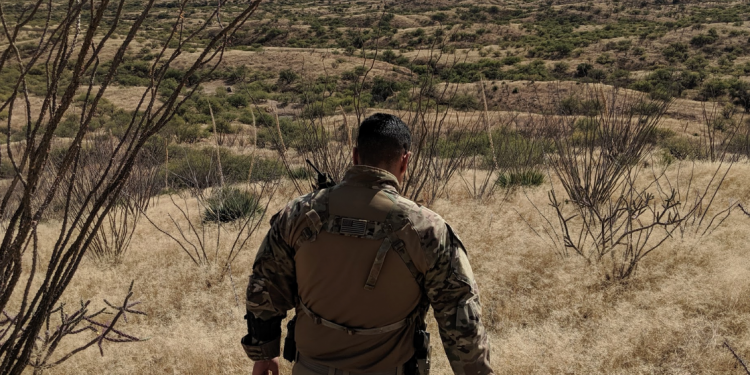
Why off-grid comms are critical to keeping CBP operators safe
Digital transformation has been a leading trend across the federal government and military for the better part of the past decade. These digital transformation initiatives have resulted in an increased reliance on network-connected and network-enabled systems, applications, and platforms – making connectivity even more important and necessary for government organizations
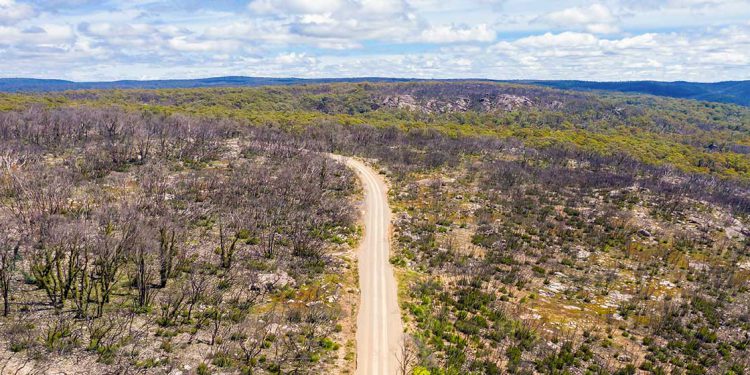
Valuable lessons learned from the devastating 2019/20 New South Wales bushfire season
In Australia’s most populous state, New South Wales (NSW), the 2019/2020 bushfire season was one for the record books. This is not, however, a fact to celebrate. With many lives lost, homes destroyed, and vast amounts of land and infrastructure damaged, there is a need for both recovery and healing,
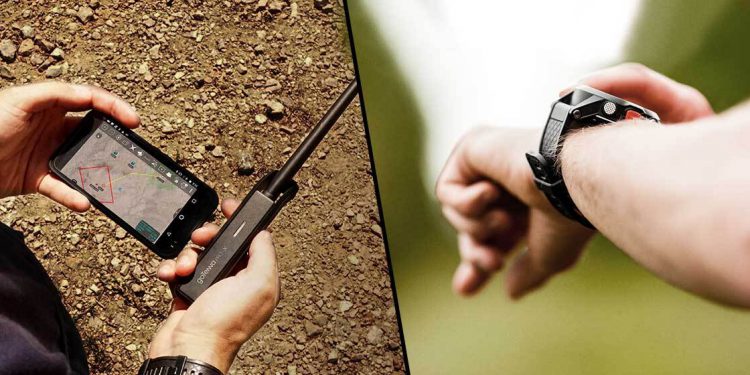
Hot Take: GPS trackers versus goTenna Pro X and mobile mesh networks
As part of the Hot Takes series, we’ll be taking a highly debated topic and exploring the pros and cons of both sides. During each debate, you’ll hear from goTenna Pro experts who offer the hands-on experience from working with customers and deploying goTenna Pro X devices in the field.
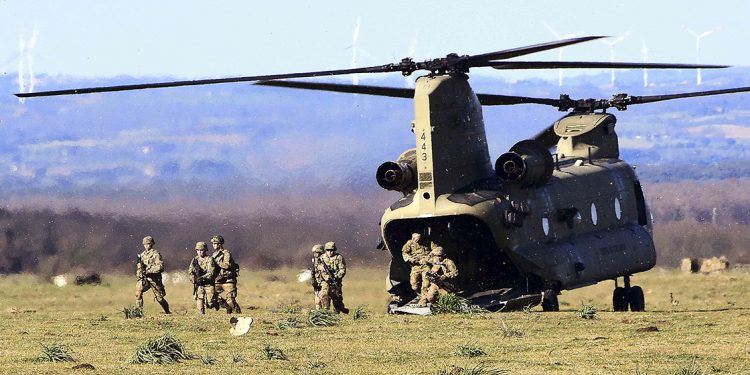
Sgt. Jennifer “Wavelength” Smith on keeping the Army connected
Considering the importance of digital, network-connected devices to our daily lives as civilians, it should come as no surprise that U.S. Army warfighters are increasingly dependent on digital solutions when deployed. But who keeps those networks operating and the warfighters connected? That’s the job of the U.S. Army’s Signal Corps,
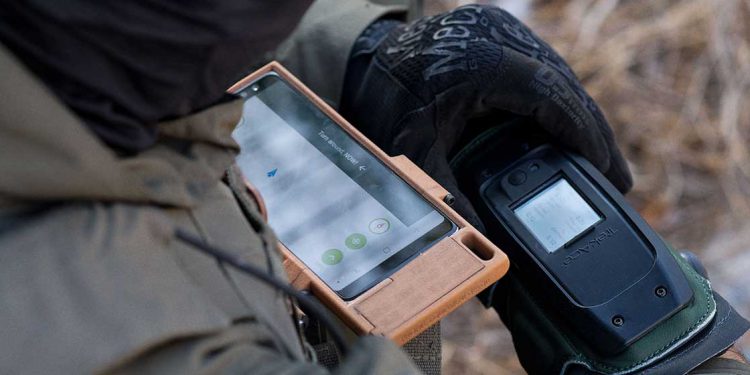
Can wearables overcome the basic human limitations of warfighters?
About a decade ago, wearables were an incredibly hot topic in the consumer electronics industry. When the Apple Watch was introduced, many people were skeptical about the functionality of a watch that looked like it was something right out of the Inspector Gadget Saturday morning cartoon. In fact, early reviews
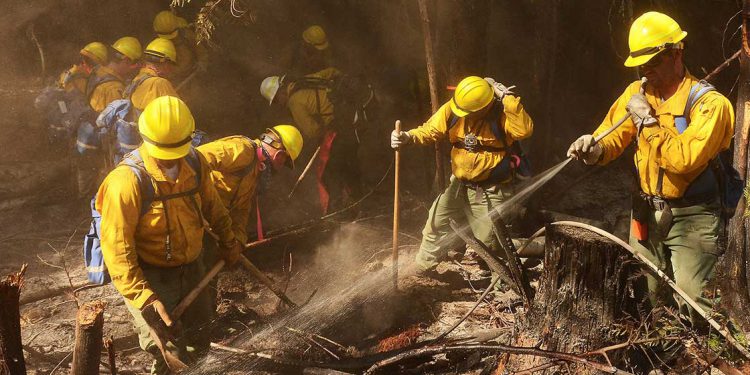
How the Dingell Act is making progress possible in wildland firefighting
Progress isn’t always observable. With 2020’s disastrous wildfire season, we saw the record-breaking loss of land and the loss of far too many lives. Knowing that wildland firefighting improvements were made in the face of such tragedy could be welcome. Confronting disaster is what wildland firefighters do. And seeking better
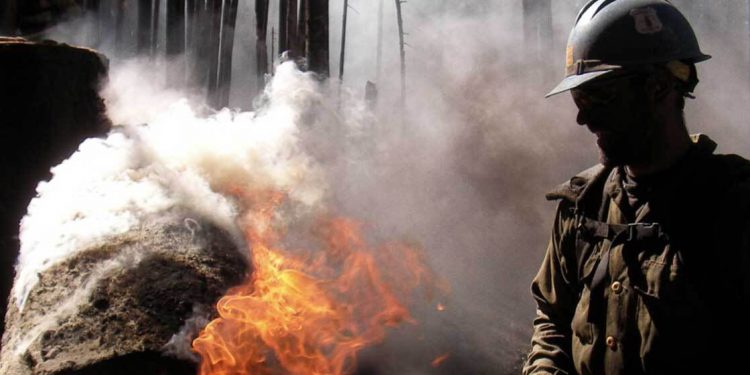
Podcast: Mystery Ranch’s Lucas Mayfield discusses the tools needed to keep hotshot crews safe
Because of the ongoing COVID-19 pandemic and the 2020 presidential election, one of the biggest stories of 2020 is at risk of being forgotten. 2020 was the year of the wildland fire, and not just in the United States. The year began with the “Black Summer” bushfires burning across New
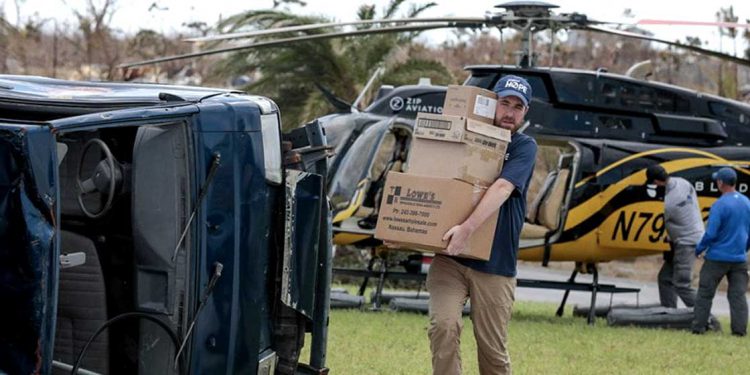
3 tips from nonprofit professionals on how to stay connected during deployment
According to the UN, half of the world’s population lacks reliable internet access, with the vast majority concentrated in developing countries. As communities around the globe work to close the digital divide over the next few decades, there are countless nonprofit and nongovernmental organizations that need to fill critical connectivity
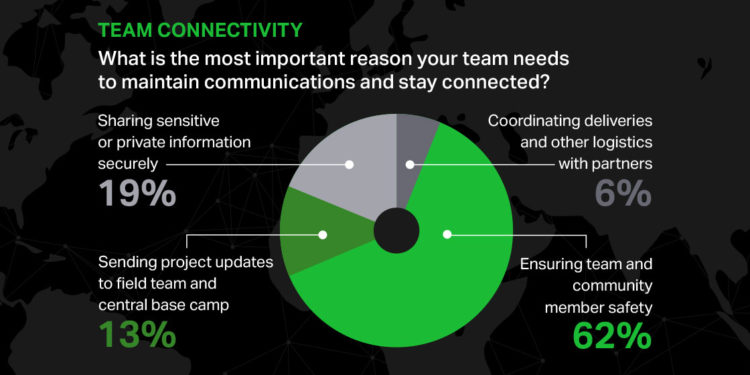
Infographic | Nonprofits on navigating connectivity in the Digital Divide
As communities around the globe work to close the digital divide, there are countless nonprofits and nongovernmental organizations that need to fill critical gaps in connectivity in order to operate safely and effectively now. During a live panel discussion “Navigating Connectivity in the Digital Divide,” we asked nonprofit professionals how
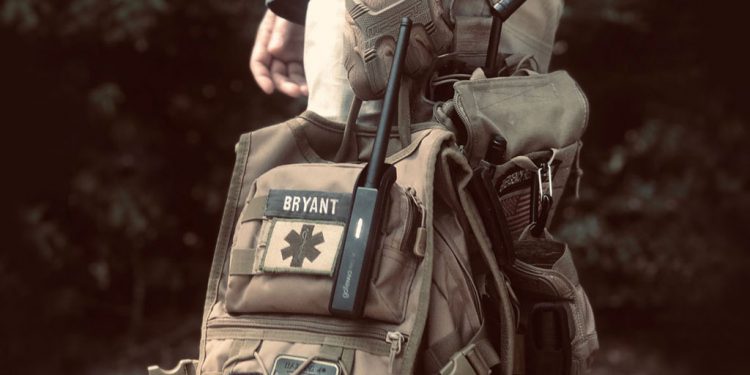
Panel Recording | Nonprofits on navigating connectivity in the digital divide
Half of the world’s population lacks reliable internet access, with the vast majority concentrated in developing countries. As communities around the globe work to close the digital divide, there are countless nonprofits and nongovernmental organizations that need to fill critical gaps in connectivity now in order to operate safely and



